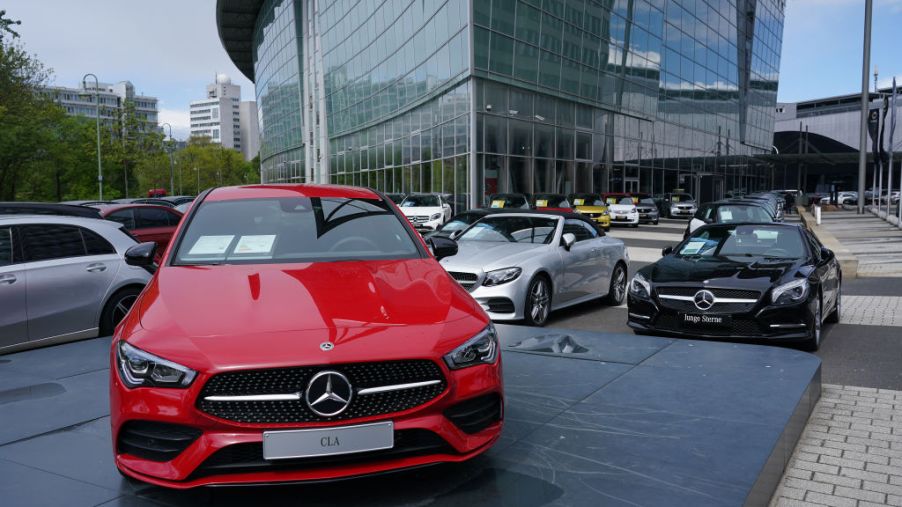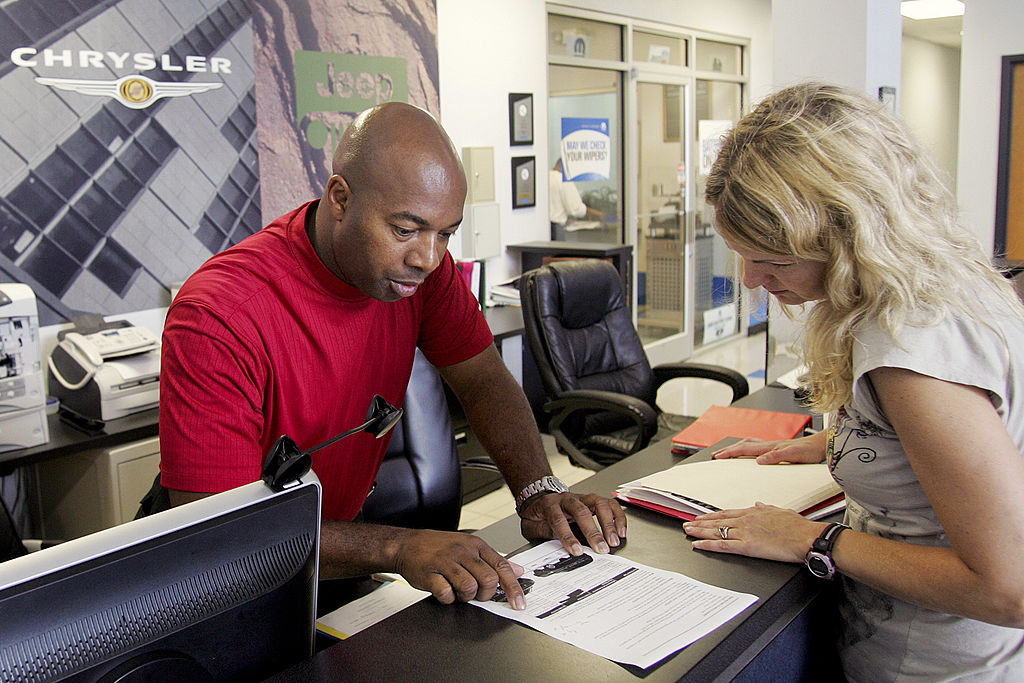
If You Lease a Car, You Can Use The ‘1 Percent Rule’
Leasing a car can be confusing sometimes when you’re trying to make sure that you can get the best deal possible. And while you can fiddle around with lease calculators all day and maybe even go back and forth with the salesperson that you’re dealing with at the dealership, there is one easy way to figure out if you’re getting a good lease deal. It’s called the “one percent” rule.
What is the “one percent” rule?
There’s no magic to using the one percent rule as the concept is really simple. You just take the MSRP of the car and multiply it by one percent to get the optimal monthly payment that you should be paying for the car.

For example, if you’re looking to lease a $35,000 car, then you would multiply that number by 0.01 and get 350. That means a “great lease deal” on that car would fall somewhere around $350 a month. However, the down payment to get to that monthly payment is a different story.
Ideally, you would want to put down as little as possible on a lease, so $0 down would be best. Unfortunately, leases aren’t that clear cut so, if anything, use the “one percent” rule as a general rule of thumb as it will at least let you know if you’re on the right track to getting a good deal.

The rule is brand dependent
One important part of leasing to keep in mind is that every brand, and almost every car, will have a different money factor (interest rate) and residual attached to them, which will, in turn, weigh heavily on what type of lease deal you can get. For example, when it comes to German luxury cars like BMW, Audi, or Mercedes-Benz, you’ll be lucky if you can get in between the one and two-percent range for any of those cars with $0 down.
As an example, you can currently lease a 2021 BMW 228i xDrive Gran Coupe for $349 a month (plus tax), which is way less than one percent of its $40,195 MSRP. However, to get to that monthly payment, you would need to put down a total of $3,999 at the time of signing, which is a lot more than $0.
Again, you would ideally want to put down as little as possible but getting that delicate balance of putting $0 and getting a one-percent monthly payment can be easier with more affordable brands like Honda, Toyota, Nissan, and Ford due to better residual values and money factors.
What if I can’t get exactly one percent?
In our personal experience and advice, if you can get a lease deal where you’re paying $1,000 down or less upfront and can get around one percent of the MSRP as your monthly payment, then you’re doing pretty well.
It doesn’t have to be exactly one percent by any means, but if you’re able to keep it at around 1.5 percent or less, then you can at least sleep at night knowing that you received a good deal. After all, you’re going to keep the car for 36 months, so you might as well make sure you can rest easy.



